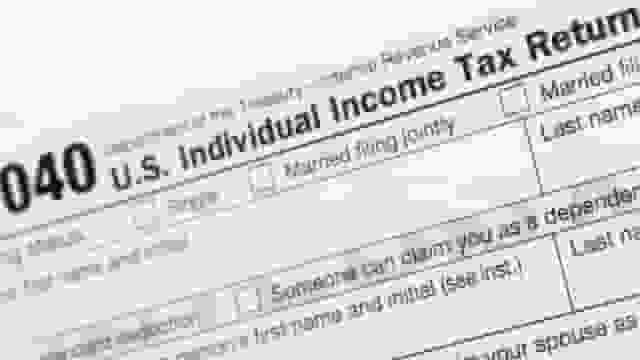If your income doesn’t go up in 2023, you might get a tax break.
The IRS raised the income limits for its tax brackets by thousands of dollars as part of its annual inflation-based changes. These changes go into effect for the tax year of 2023.
The U.S. has a progressive, or graduated, tax system, which means that not all income is taxed at the same rate. Instead, it is taxed at different rates (10%, 12%, 22%, 24%, 32%, 35%, and 37%) as it goes above certain thresholds or tax brackets.
The IRS will allow Americans to shield more of their income from taxes in 2023 because of higher inflation, raising income thresholds for all tax brackets and increasing the standard deduction. https://t.co/KveVYpJSXf
— The Washington Post (@washingtonpost) October 19, 2022
For the 2022 tax year, 10% of your income up to a maximum of $10,275 will be taxed. After that, 12% of your income up to a maximum of $41,775 will be taxed, and so on.
But since the income levels for tax brackets have gone up for 2023, if your total income doesn’t change between 2022 and 2023, you’ll pay less in taxes.
Here’s an easy-to-understand example: In 2022, you’ll owe $12,117 in taxes if your taxable income is $75,000. If it stays at $75,000 in 2023, though, you’ll only owe $11,807.50, which is more than $300 less.
The top tax rate of 37 percent will apply to individuals with income exceeding $578,125 and married couples filing jointly with income more than $693,750. Both of those amounts are up 7 percent from 2022 to track with increases in the consumer price index. https://t.co/KveVYq0VZf pic.twitter.com/6kJqsNt9VQ
— The Washington Post (@washingtonpost) October 19, 2022
Here are the updated tax bracket floors for a single tax filer compared to the 2022 tax year:
Income Threshold Increases for Single Filers:
| Tax bracket | 2022 | 2023 | Difference |
|---|---|---|---|
| 10% | 0 | 0 | 0 |
| 12% | $10,276 | $11,001 | $725 |
| 22% | $41,776 | $44,726 | $2,950 |
| 24% | $89,076 | $95,376 | $6,300 |
| 32% | $170,051 | $182,101 | $12,050 |
| 35% | $215,951 | $231,251 | $15,300 |
| 37% | $539,901 | $578,126 | $38,225 |
Here’s a look at the tax bracket floors for married people filing jointly, compared to the 2022 tax year:
READ MORE: Heritage Fellow: IRS Commissioner’s Opinion Piece “Diminished His Credibility”
For couples who file jointly, the income limit goes up.
| Tax bracket | 2022 | 2023 | Difference |
|---|---|---|---|
| 10% | $0 | $0 | $0 |
| 12% | $20,551 | $22,001 | $1,450 |
| 22% | $83,551 | $89,451 | $5,900 |
| 24% | $178,151 | $190,751 | $12,600 |
| 32% | $340,101 | $364,201 | $24,100 |
| 35% | $431,901 | $462,501 | $30,600 |
| 37% | $647,851 | $693,751 | $45,900 |
These changes are made every year to avoid “bracket creep,” which is when taxable income goes up even though it can’t buy as much because of inflation.
The IRS also raised the standard deduction for single filers by $900, so that in 2023 it will be $13,850. For married people filing jointly, the amount goes up by $1,800, so the standard deduction for them is now $27,700. About 90% of U.S. tax filers take the standard deduction, which is a flat amount that lowers your taxable income for the year.
Breaking News: The IRS has made inflation adjustments for 2023, which could push many Americans into a lower tax bracket and reduce tax bills. https://t.co/D1JUlkw8fN
— The New York Times (@nytimes) October 19, 2022
Also, the IRS raised the earned income tax credit, the exemption for the alternative minimum tax, and the amount that workers can deduct from their taxes for contributions to health flexible spending accounts. On an IRS page about the changes, you can find out more.


